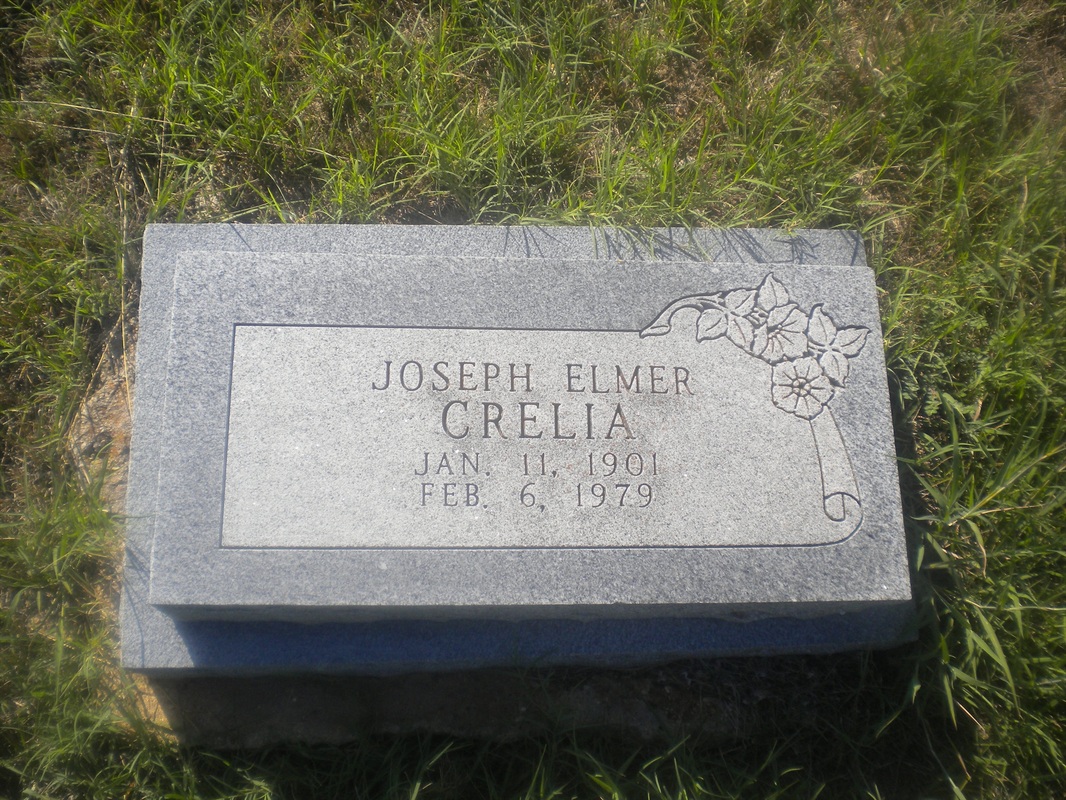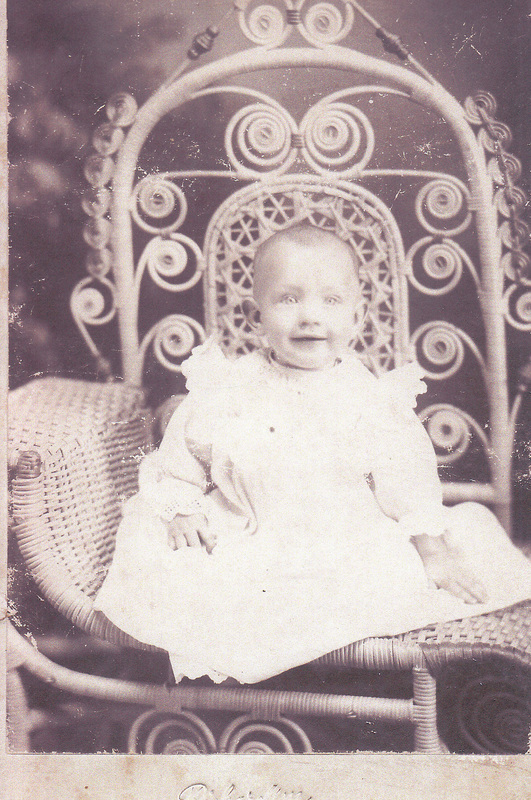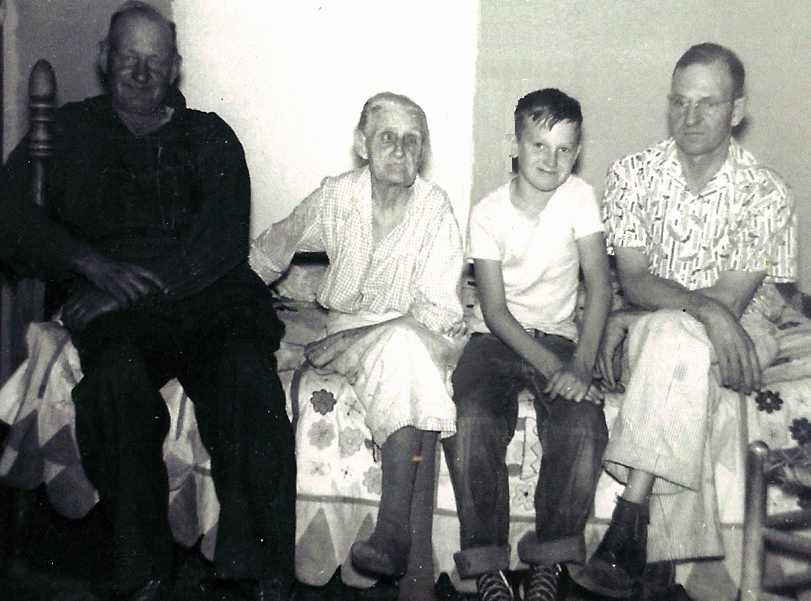JOSEPH ELMER CRELIA
Birth: 11 Jan 1901
Death: 6 Feb 1979
(age 78 years, 0 months, 25 days)
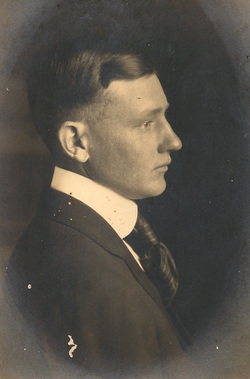 Elmer Crelia
Elmer Crelia
Joseph Elmer Crelia was brother to my father, Raymond Theodore Crelia. They were the two remaining children of Isaac Denton. Crelia and Sara Elizabeth Clark.
Elmer lived as a bachelor on the family farm – and in the same house – all of his life. The house did not have indoor plumbing or air conditioning. He drew water from the well outside and took his baths in a big round galvanized metal tub. The, uh, “necessary” building was just a short stroll down a worn path. Winter heating came by way of a big black wood burning stove. But another interesting building on the property was the smokehouse. This rustic facility had a dirt floor and was covered on the outside with roofing material. But it was there that Elmer cured some of the best tasting meats I’ve ever come across. His salt-cured hams were so delicious that I still remember their distinctive flavor.
Since Elmer farmed all his life, he used an old faded orange tractor that he affectionately named “Alice”. It was, of course, an Allis-Chalmers. He grew many different crops as I was growing up. He would sell his produce to the Weatherford Farmers Market and would get up before the crack of dawn so he could be in the field ready to start picking when the daylight came. When he had picked all he could sell for the day, off he went to market. He raised cantaloupe, watermelons, okra, etc. He would save the culls for family and friends to eat, but they were just as good tasting as anything he sold. Culls were misshapen or otherwise flawed and not suitable for sale. The watermelons he raised were usually the ones with the yellow-gold meat. I didn’t even see any red-meat watermelons until much later.
Elmer lived as a bachelor on the family farm – and in the same house – all of his life. The house did not have indoor plumbing or air conditioning. He drew water from the well outside and took his baths in a big round galvanized metal tub. The, uh, “necessary” building was just a short stroll down a worn path. Winter heating came by way of a big black wood burning stove. But another interesting building on the property was the smokehouse. This rustic facility had a dirt floor and was covered on the outside with roofing material. But it was there that Elmer cured some of the best tasting meats I’ve ever come across. His salt-cured hams were so delicious that I still remember their distinctive flavor.
Since Elmer farmed all his life, he used an old faded orange tractor that he affectionately named “Alice”. It was, of course, an Allis-Chalmers. He grew many different crops as I was growing up. He would sell his produce to the Weatherford Farmers Market and would get up before the crack of dawn so he could be in the field ready to start picking when the daylight came. When he had picked all he could sell for the day, off he went to market. He raised cantaloupe, watermelons, okra, etc. He would save the culls for family and friends to eat, but they were just as good tasting as anything he sold. Culls were misshapen or otherwise flawed and not suitable for sale. The watermelons he raised were usually the ones with the yellow-gold meat. I didn’t even see any red-meat watermelons until much later.
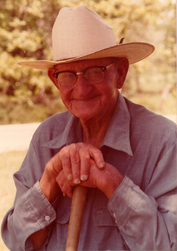 Elmer Crelia
Elmer Crelia
One memorable week one summer when I was a teenager, I spent with Uncle Elmer helping him pull cotton. When one “pulls” cotton, the whole bowl is pulled off – not just the cotton inside the bowl. Also spending this week in the cotton patch was a cousin about my age. James Howard Doyle. Elmer got us up early in the morning while it was still dark, fed us some breakfast, and we were at the cotton picking – er, pulling, right about the time it was light enough to see what we were doing. There were several acres of cotton Elmer had planted and the task ahead was daunting indeed. As far as the eye could see was pure white cotton tops waiting to be harvested. James Howard and I were assigned only one row each while Elmer took on two rows at a a time. But Elmer could pull cotton on two rows faster than we could pull one row. It was backbreaking work and we were teenagers! At the end of the week I was paid a crisp 20 dollar bill – more money to call my own than I had ever seen. Yes, you could say I was really in tall cotton!
I have always valued that week because it was more than a come-and-go visit. I was able to stay a few days and live and work as Elmer did. I think it was a unique experience for him also to have two teenage boys staying at his house as he tried to turn two city slickers into farm hands.
Written by Ray Crelia (nephew of Elmer Crelia)
Photos courtesy of Ray Crelia (nephew of Elmer Crelia)
Written by Ray Crelia (nephew of Elmer Crelia)
Photos courtesy of Ray Crelia (nephew of Elmer Crelia)
